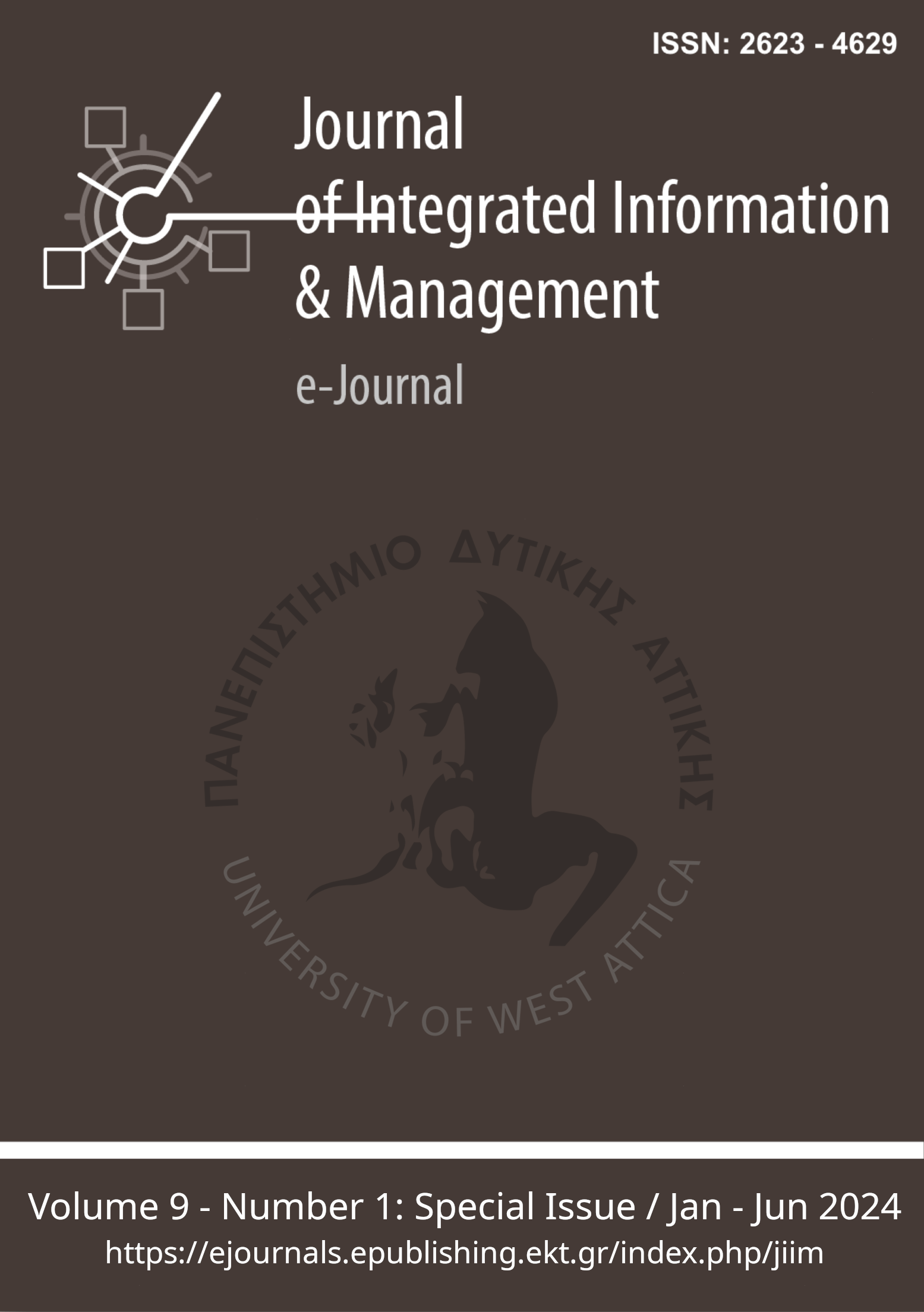Enhancing Cultural Heritage through the Integration of Digital Technologies, Arts and Story-telling

Abstract
Purpose - The paper presents the research done during the implementation of the Research Project “Centre for Research, Quality Analysis of Cultural Heritage Materials and Communication of Science” .
Design/methodology/approach - In the first phase, archival and field research was conducted for various cultural sites in Epirus. In the second phase, state-of-the-art digitization techniques and advanced imaging technologies were employed to capture and document the places of interest. Finally, through artistic co-creating processes and game engine technology, story-telling scenarios were developed in AR and VR environments. This methodology enabled openness and flexibility throughout the process, and challenges faced during the project’s implementation were easily assessed.
Findings - The implementation of the chosen methodological approach and the findings underscore the impact that the integration of arts and digital technologies can have on Cultural Heritage preservation, representation, and promotion. The project’s findings highlight how digital media can become tools for interpreting and valorizing CH, offer novel experiences in a more inclusive and engaging way, and bridge the gap between art and technology, to preserve collective memory, enhance cultural identity, and deepen a sense of belonging.
Originality/value - The integration of digital technologies with artistic practices in Cultural Heritage (CH) offers new ways to represent and interpret content, changing how CH is perceived and experienced. While new media often focus on creating high-quality copies of cultural assets for safeguarding, this technical approach misses the opportunity to explore the complex relationships and concepts linked to their context. Digital media can be used intentionally to affect the significance and representation of content, becoming expressive and interpretative tools. By combining artistic practices and digital technologies, cultural assets -both tangible and intangible- can transform from passive objects into active agents, creating meaningful and engaging experiences.
Article Details
- How to Cite
-
Mantzou, P., Bitsikas, X., Floros, A., Papastavrou, I., & Panagiotidis-Diktampanis, A. (2024). Enhancing Cultural Heritage through the Integration of Digital Technologies, Arts and Story-telling. Journal of Integrated Information Management, 9(1), 7–19. Retrieved from https://ejournals.epublishing.ekt.gr/index.php/jiim/article/view/38583
- Section
- Research Articles

This work is licensed under a Creative Commons Attribution-NonCommercial 4.0 International License.
Copyright Notice
Authors who publish with JIIM agree to the following terms:
- Authors retain copyright and grant the journal right of first publication with the work simultaneously licensed under a Creative Commons Attribution Non-Commercial License that allows others to share the work with:
- An acknowledgment of the work's authorship and initial publication in this journal.
- Authors are permitted and encouraged to post their work online (preferably in institutional repositories or on their website) prior to and during the submission process, as it can lead to productive exchanges, as well as earlier and greater citation of published work.





